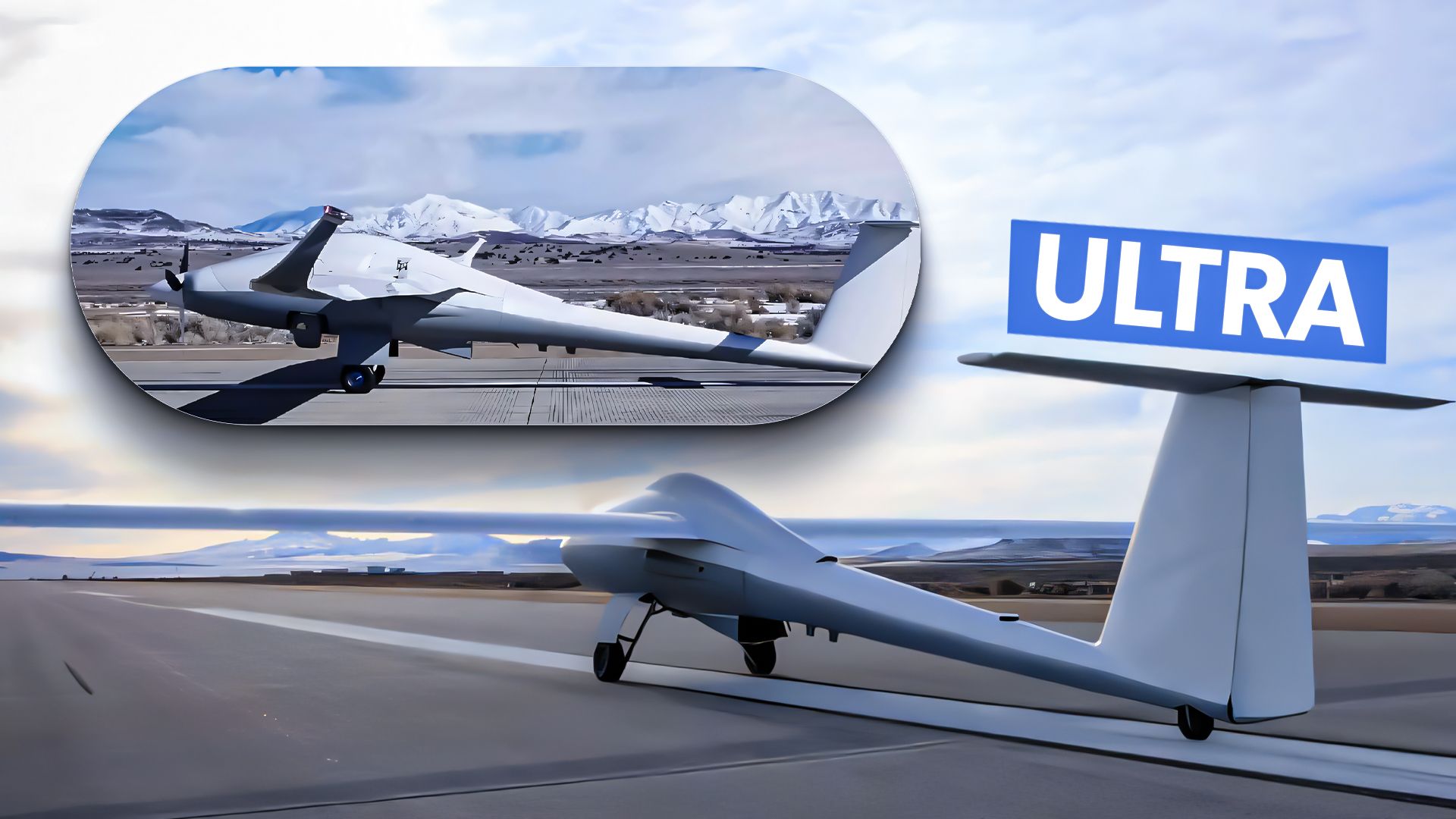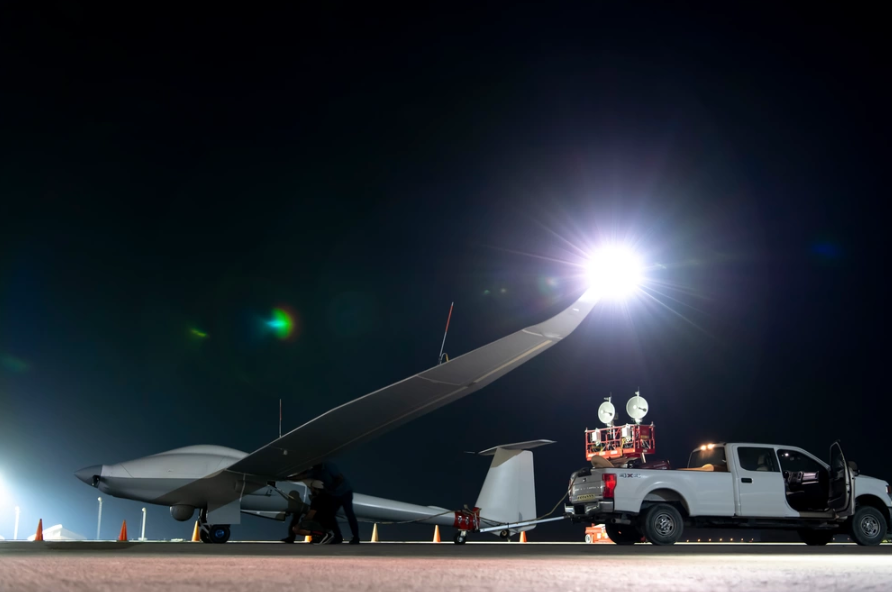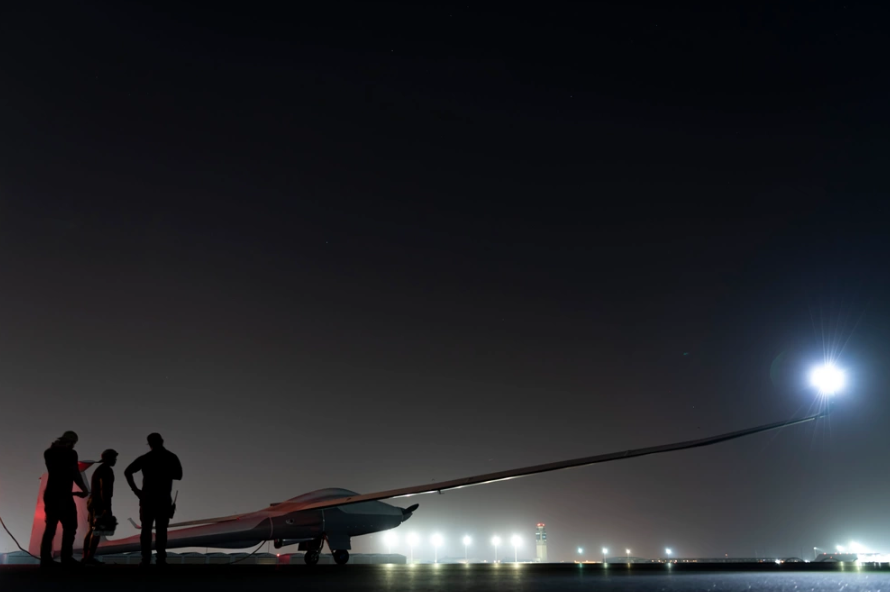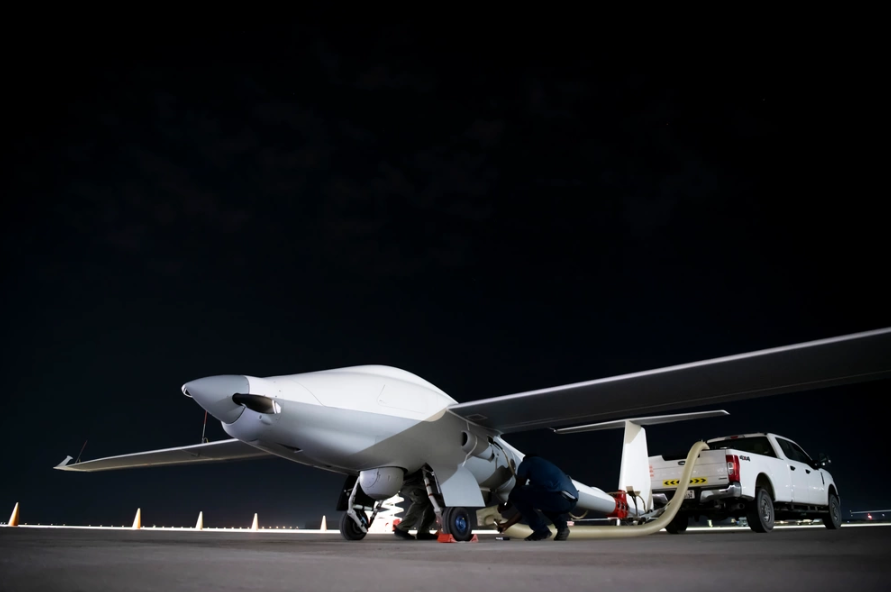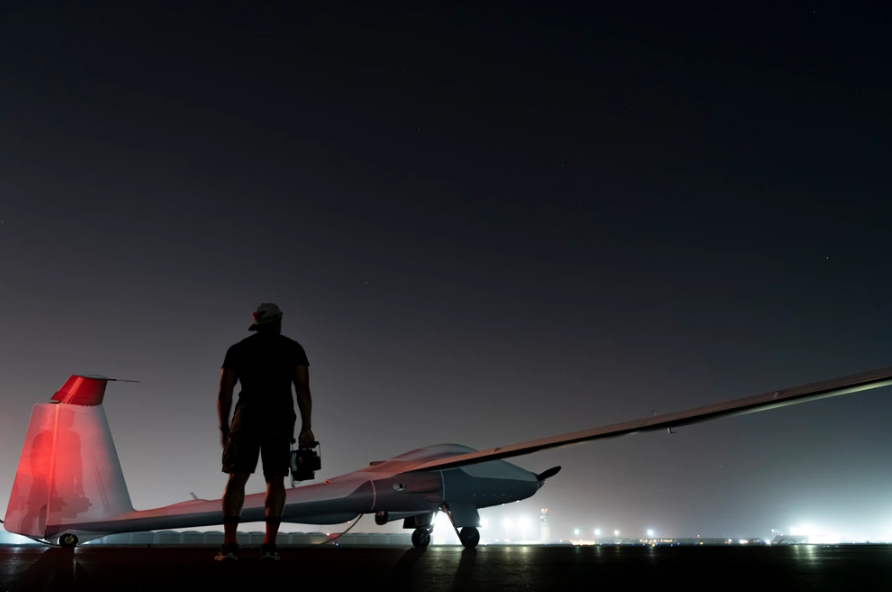Summary
- DoD seeks cheaper, long-range recon drone to replace MQ-9 Reaper.
- ULTRA drone based on sport glider, costs much less, already in use.
- ULTRA provides over 80 hr endurance, 400 lb payload, unblinking coverage.
While the US has many intelligence-gathering assets like satellites, there is still a need to fly spy aircraft to loiter over areas of interest. The Unmanned Long-endurance Tactical Reconnaissance Aircraft (ULTRA) seeks to address some of the problems with relying on the MQ-9 Reaper and other legacy systems.
ULTRA is apparently already in use with the US Air Force in the Middle East and will likely be used in the Asia Pacific region. ULTRA is far from the only long-range drone the US DoD is developing. The XRQ-73 is another recently unveiled stealthy long-range reconnaissance drone.
Need for cheaper, long-range recon drone
For years, the MQ-9 Reaper has been the primary US reconnaissance drone, but it is expensive and easily shot down. A handful of Reapers have even been shot down in the 2024 Red Sea crisis, while another was forced down by Russian fighter jets over the Black Sea.
Photo: US Air Force
“The ULTRA system is truly unique in its ability to conquer the tyranny of distance that inhibit operational use of current unmanned platforms at excessive ranges required in areas of operations such as the Pacific.” AFRL
|
US UAV Group classifications with examples |
|
|---|---|
|
Group 1: |
RQ-11 Ravens, WASP, Puma |
|
Group 2: |
ScanEagle, Flexrotor, SIC5, PDW C100 |
|
Group 3: |
Shield AI, V-BAT, RQ-7B Shadow, RQ-21 Blackjack, Arcturus-UAV Jump 20, Navmar RQ-23 Tigershark, SIC25 |
|
Group 4: |
MQ-8B Fire Scout, the MQ-1A/B Predator, MQ-1C Gray Eagle |
|
Group 5: |
MQ-9 Reaper, RQ-4 Global Hawk, MQ-4C Triton |
ULTRA is based on a previously manned commercial sport glider. The project has sought to use commercial off-the-shelf drone technology and existing manufacturing with few custom avionics to make a cost-effective solution for the US Air Force’s needs.
It is unclear what the long-term cost per unit is, but it is likely to be significantly less than the $30 million per-unit price tag of the MQ-9 Reaper. The Air Force requested $35 million in the 2025 budget for four ULTRA drones, suggesting that the cost per unit could be somewhere around $8-9 million.
While part of the Reaper’s high cost is due to its double role as a strike UAV (it can launch Hellfire missiles), that capability is rarely needed. This has led the Air Force to seek a simpler and cheaper option for long-range recon missions that do not require a strike capability.
Photo: US Air Force
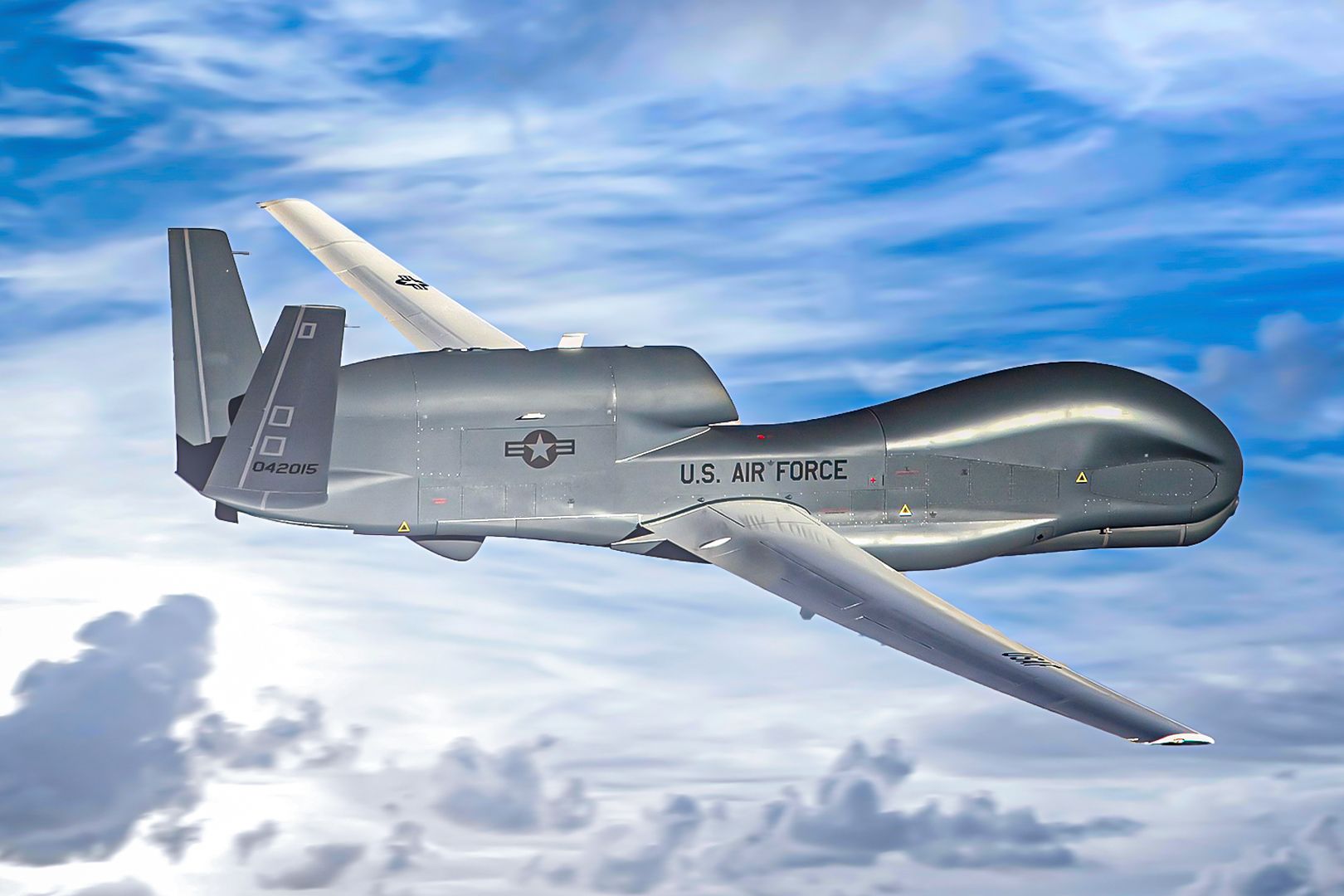
Related
What To Know Of The US Military’s 5 Drone Categories
The US military categorizes UAS (aka drones) into five different groups based on size and capabilities.
ULTRA: the Air Force’s ultra-long-endurance recon drone
ULTRA is built by the Air Force Research Laboratory (AFRL) Center for Rapid Innovation (CRI) and DZYNE Technologies Incorporated. It is intended to be comparatively inexpensive while having full global operational access. ULTRA is designed to be a GPS-hardened and ultra-long-endurance ISR platform.
|
ULTRA by the numbers |
|
|---|---|
|
Endurance: |
over 80 hours |
|
Payload: |
over 400 lbs |
|
Based on: |
manned sports glider |
|
Cost: |
perhaps $8-9 million (based on acquisition of 4 for $35 million) |
|
Contractors: |
AFRL and DZYNE |
|
Weapons carried: |
none |
Ultra’s endurance is in excess of 80 hours, with a payload of over 400 lbs. By comparison, the MQ-9 Reaper has an operational endurance of around 27 hours (although the latest Reaper variants can fly much longer if they are lightly loaded).
Photo: US Air Force
As the Air Force Research Laboratory puts it “ULTRA is designed to be an ISR truck capable of carrying a variety of electro-optical/infrared (EO/IR), radiofrequency (RF), other low-cost intelligence collection payloads, and sensors to provide the user with a reconfigurable missionized platform.”
With its long range and suite of ISR sensors, ULTRA is intended to provide unblinking coverage of areas of interest around the world (which also requires fewer aircraft).
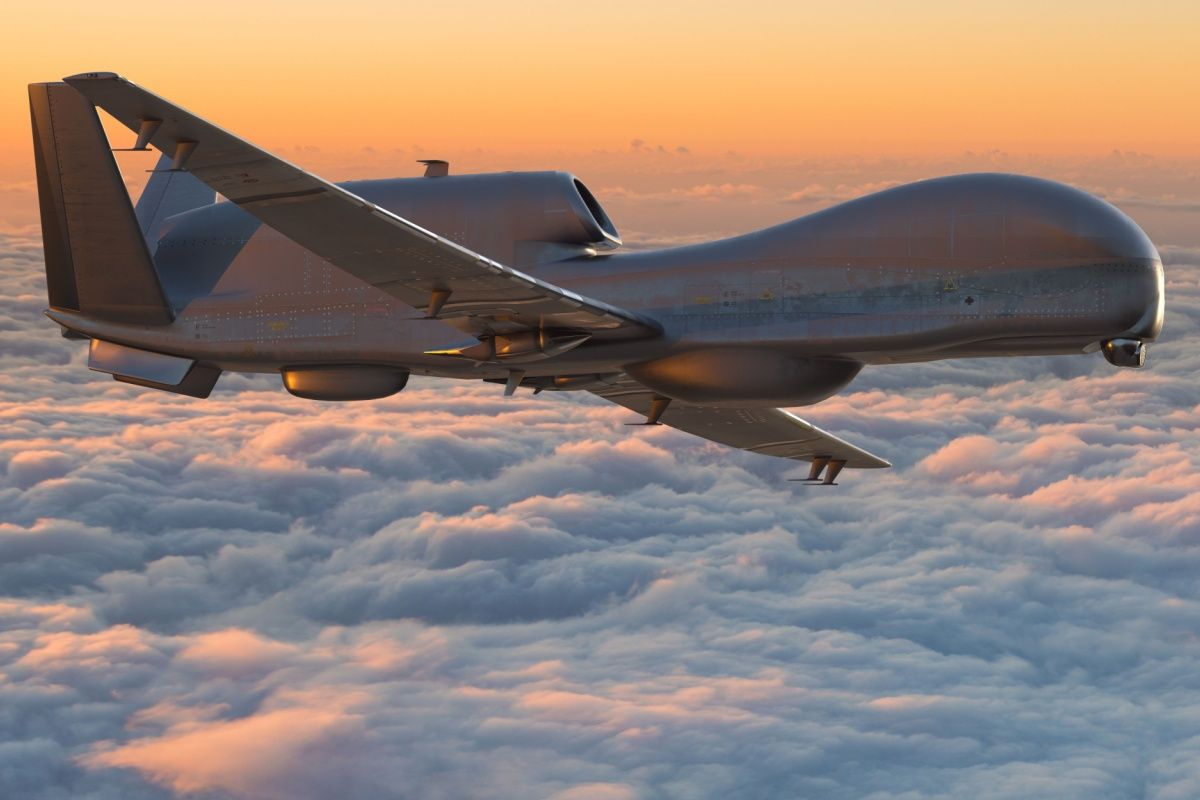
Related
Russia Plans Response To Perceived Rise In US Strategic UAV Flights Near Crimea
Russia is unhappy with US and NATO flights in the Black Sea but struggles to find a way to country the recon aircraft in international waters.
ULTRA already in service
According to an article by The War Zone published in May 2024, the Air Force is already operating ULTRA drones from its Al Dhafra Air Base in the United Arab Emirates (home of the 380th Air Expeditionary Wing). The Air Force published photos showing the crew prepping a ULTRA drone for an early morning mission on May 7.
“It is also worth considering that ULTRA could fill an important niche as an airborne datalink relay node, extending the range of communications on behalf of other assets, as well as providing a active data exchange network over a certain geographical area, all the way down to sea level.” – The War Zone
While the Air Force stated it was at an “undisclosed location,” The War Zone was able to identify the location based on the hangar seen in some of the photos (that hanger previously housed RQ-4 Global Hawk ISR drones).
Photo: US Air Force
While much of the world’s attention is being focused on Russia and the Full-Scale Invasion of Ukraine (as well as the Middle East), much of the long-term US strategic planning is centered on the Asia-Pacific region.
The Asia-Pacific region is challenging because of its vast distances—the ultimate ‘tyranny of distance.’ The Pacific Ocean alone spans a third of the world’s surface area and is larger than all land masses combined. This is likely to be a key theater for ULTRA.

